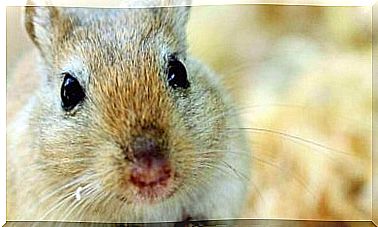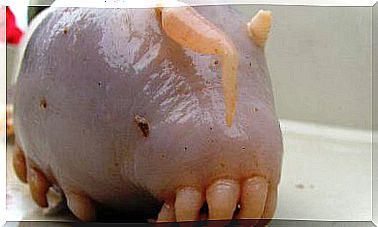The Diuca: A Small And Very Common Bird
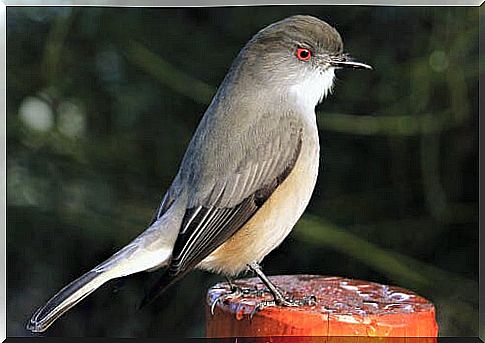
The common diuca, scientifically known as Diuca diuca , is one of the most typical birds in South America. Its characteristic morning song inspired several intellectuals, among which Neruda stands out.
This bird is present in several countries such as Argentina, Bolivia, Brazil, Chile and Uruguay, which highlights the density of its populations. This abundance and variety in terms of geographic distribution is due to the diuca’s ability to adapt to different environments. Thus, it is easy to find it in meadows and parks and in the urban center.
Morphology and behavior
The diuca is 17 centimeters tall and weighs approximately 30 grams. The head, back and chest are covered in dark gray plumage that contrasts with the white of the throat and abdomen.
The wings and tail are blackened, although the tail has a white spot at its most distal end. All these shades appear with browner shades in females and younger specimens.
The beak is short, robust and the top, called the ridge, is rounded. This structure allows the bird to have a diet based on grains, grass seeds and small arthropods.
Occasionally, they resort to fruit consumption, depending on the resources provided by the environment. Its agile black paws allow the bird to move across the ground in small steps, helping it to retrieve possible fallen fruit.
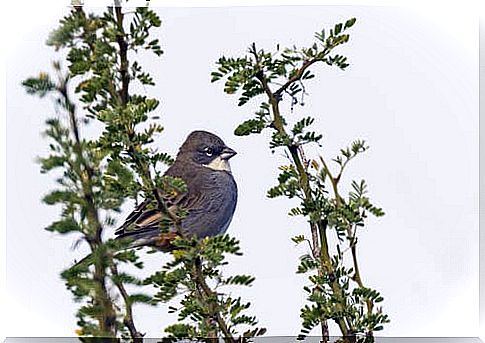
As a general rule, the breeding season runs from August to December. However, in some regions of Chile, it lasts from September and lasts until January. During this period, the diuca adopts a territorial attitude and no longer lives in large groups to live as a couple.
The nest, made of branches and grass, is always placed in trees and shrubs, with an average capacity for three eggs, which are characterized by their pale greenish blue cover and dotted with brown spots.
On the other hand, the slow and morning singing stands out, consisting of four or five notes with a certain high final cadence.
Conservation status and threats to diuca
The wide geographic distribution in a multitude of environments and numerous populations means that the International Union for the Conservation of Nature (IUCN) classifies it as a state of “little concern”. However, it presents some threats, such as parasitism carried out by the blackbird.
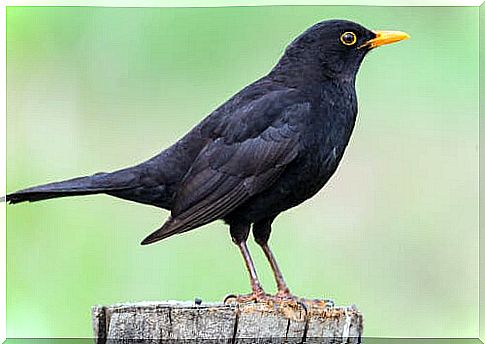
This behavior is based on a reproductive strategy in which the female blackbird lays her eggs in a foreign nest to ensure successful hatching. Thus, females of other species believe they are incubating their own eggs, providing warmth, protection and, after hatching, food.
Among the birds susceptible to invasion by the blackbird, the diuca, the tico-tico, the tench, the sabiá-do-campo and the orange thrush stand out in Argentina.
Another of the dangers that this species is exposed to is the attack on eggs and hatchlings by native fauna, such as Glaucidium nanum, yacas, Chilean iguanas and long-tailed snakes. As for the presence of man, this bird is quite confident and can be seen frequently in parks and cities.



